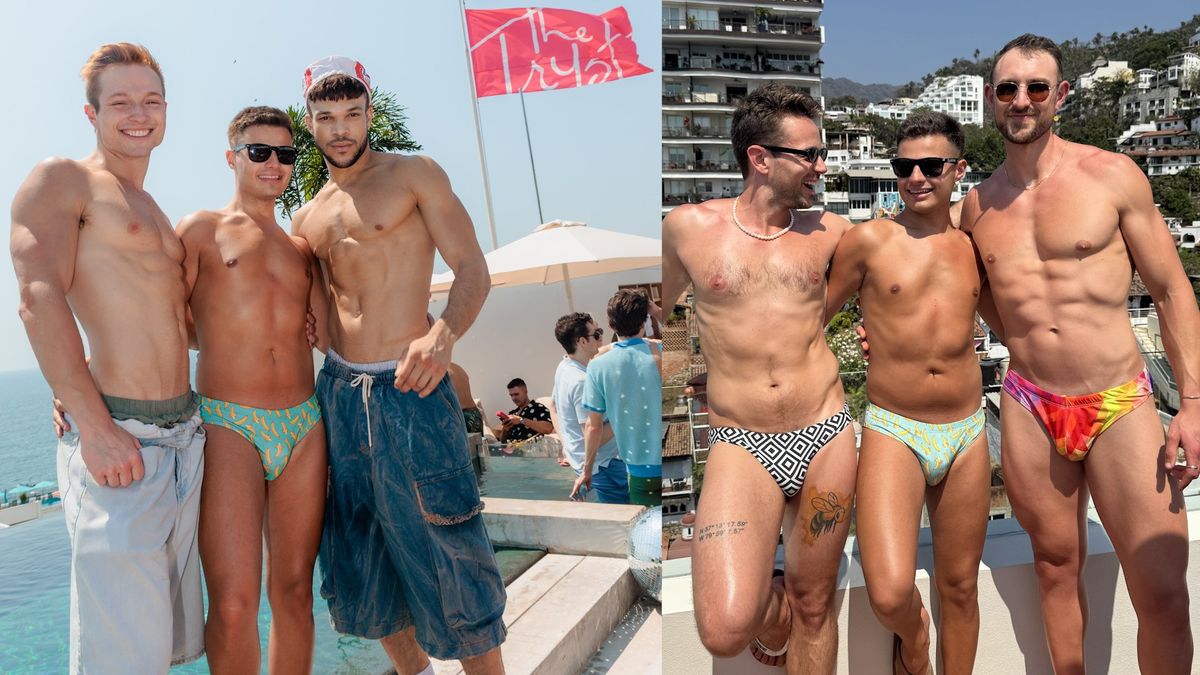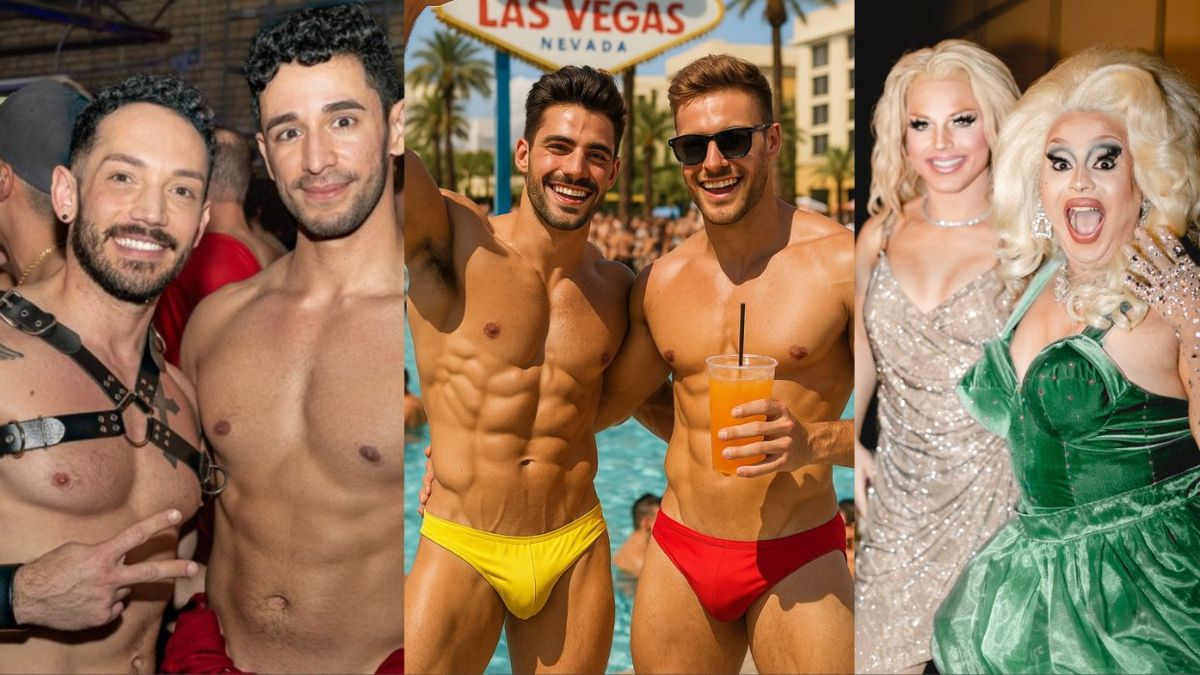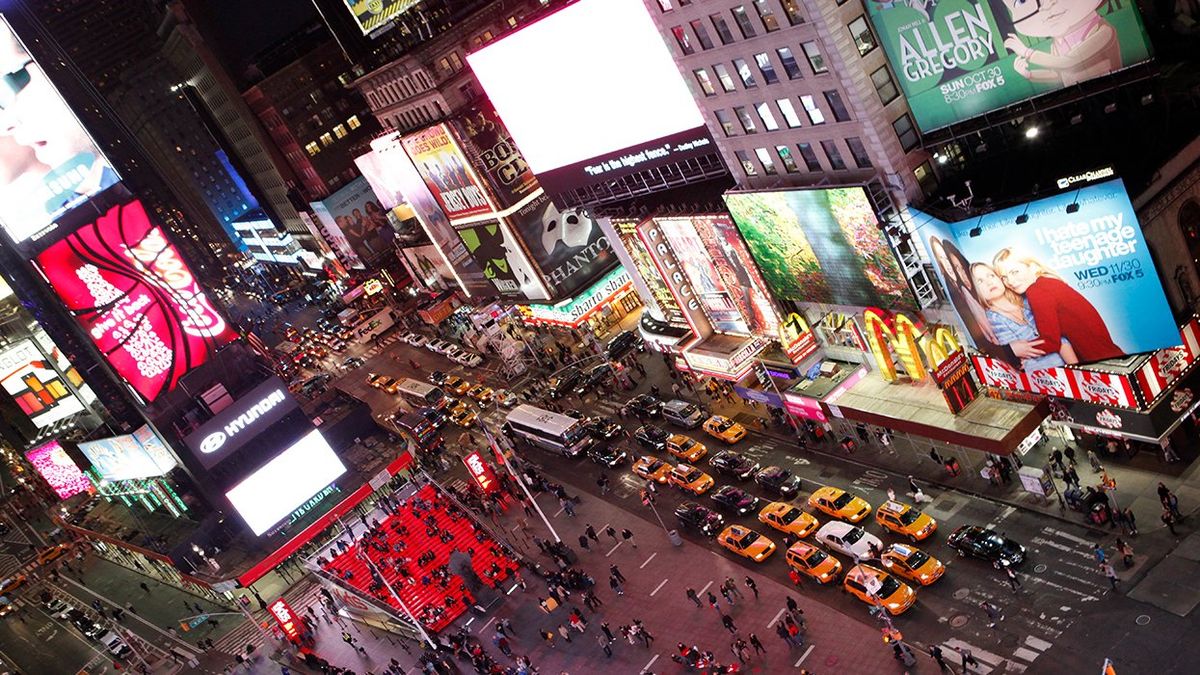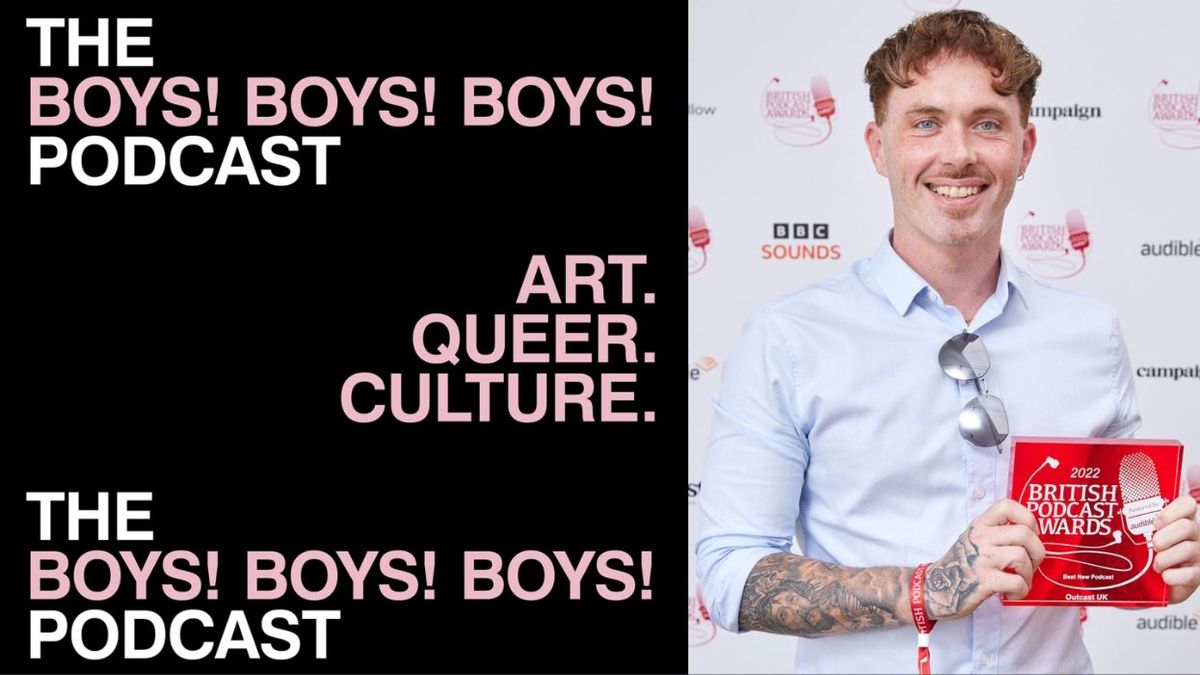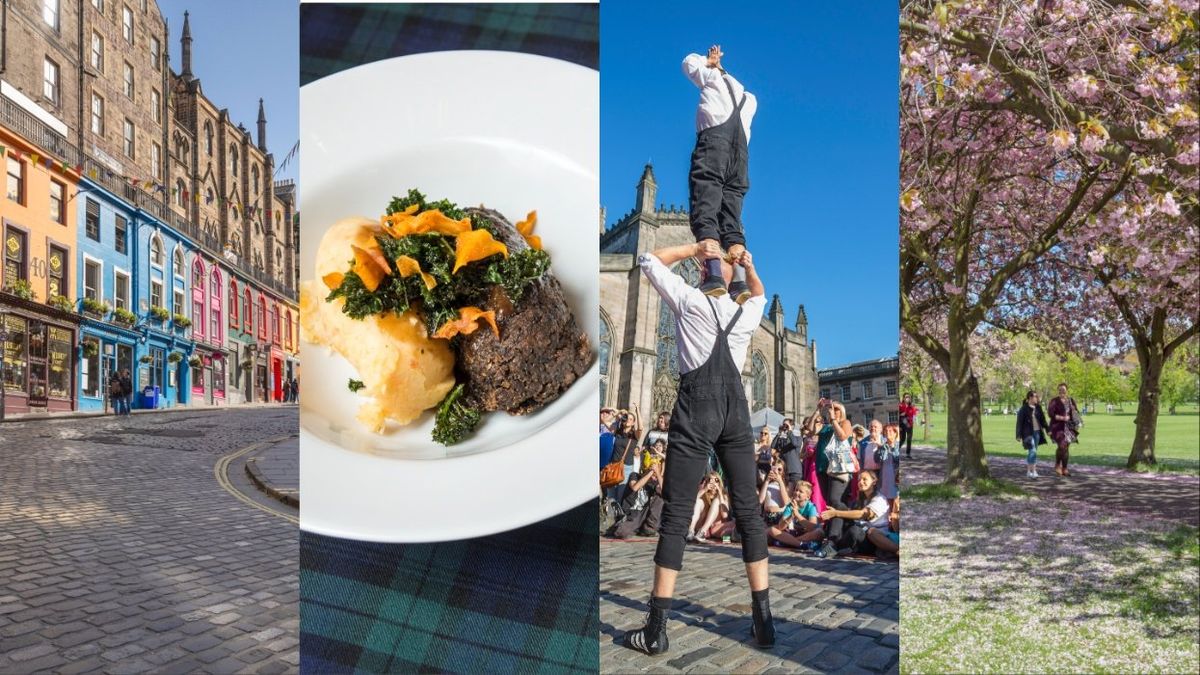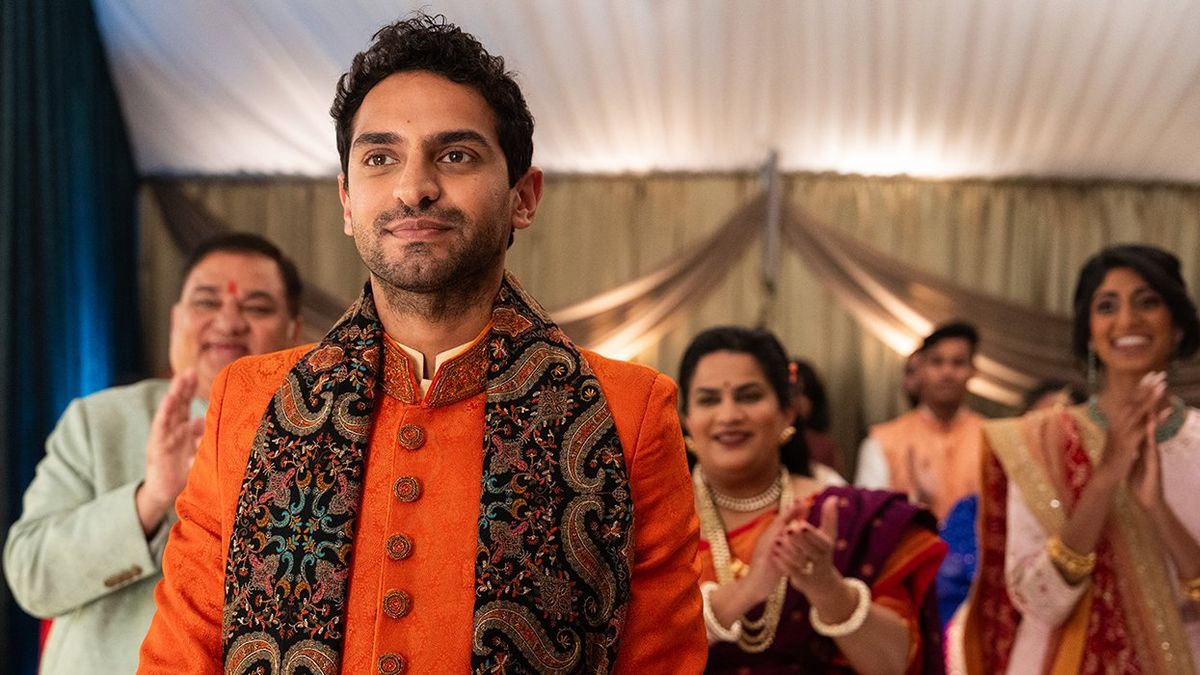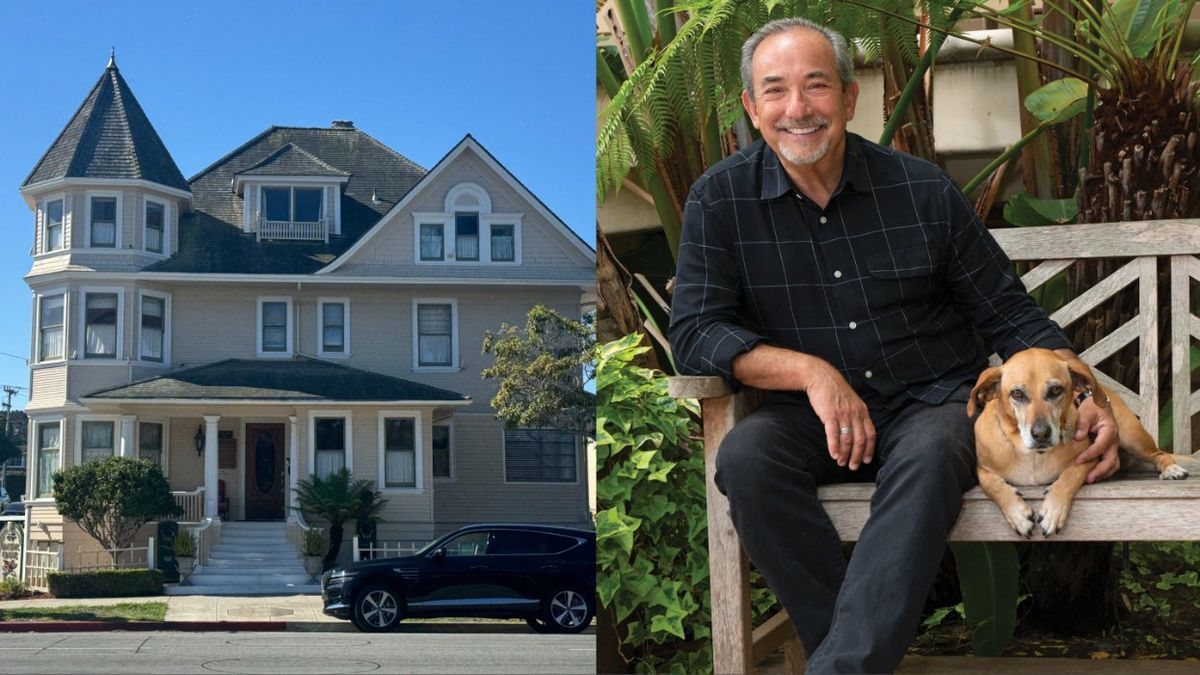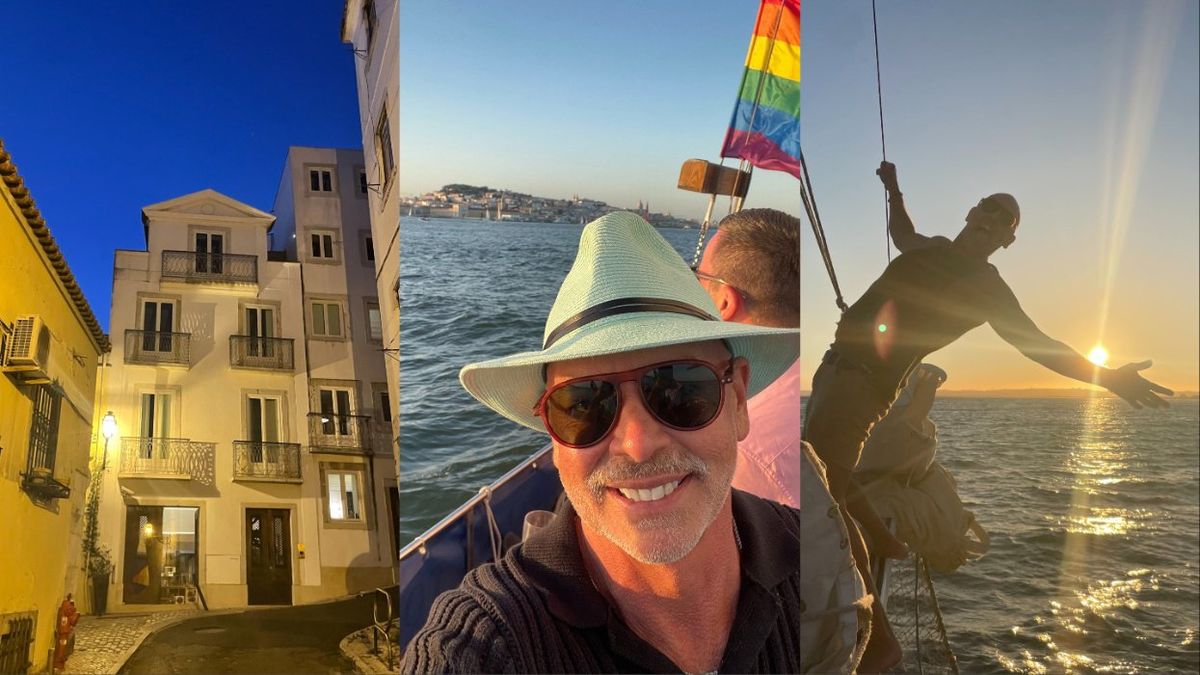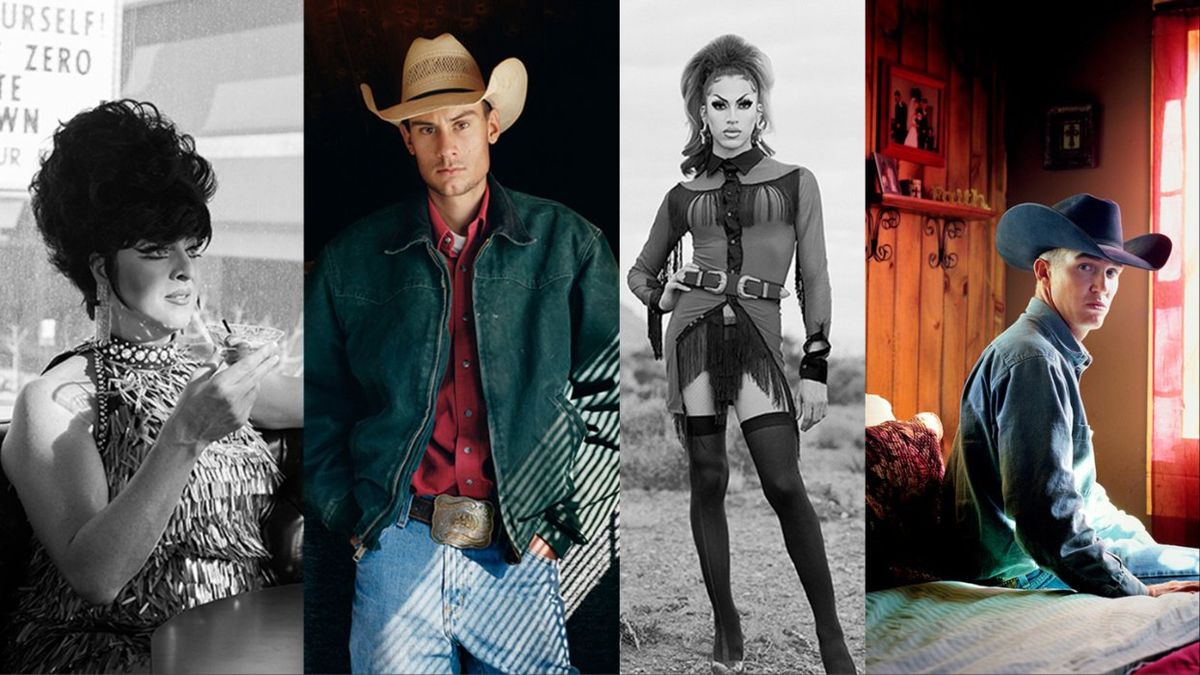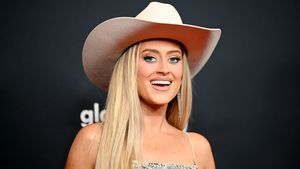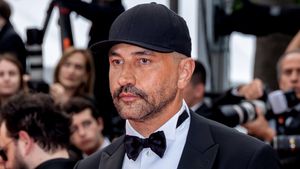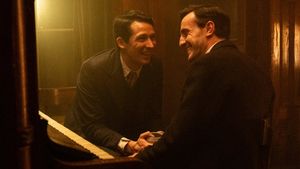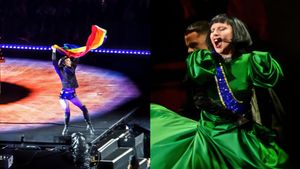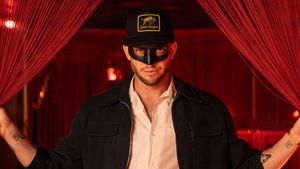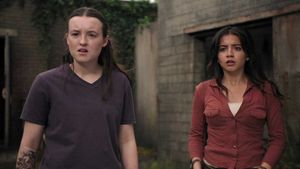This article initially appeared in The Advocate. Read the original.
Internet giant Google, artist Amani Lewis, and ad agency BBH NY teamed up this year to center Black-owned businesses through a new Google Shopping portal. The result was both a stunning creation of art and a new economic model that melds art and activism. Rather than use a boring list of products on their page, Google now uses the art of the Black nonbinary Lewis .
Lewis created an interactive piece of art for the new landing page featuring Black-owned business and products such as 3rd Eye View sunglasses, Jungalow pottery, and BLK and Bold coffee. Images of select products from the companies appear within the painting, and mousing over their images pulls up a link to where the products are available for purchase.
Like nearly all of Lewis’s work, the piece appears bright, colorful, and almost casual at first glance, but a closer look reveals a visual subtext suggesting a deeper, intersectional meaning. In the Google piece, Lewis shows three Black people comfortably relaxing around an outdoor table. The colors are bright, the three subjects are clearly enjoying themselves, and the atmosphere is light and welcoming. Closer inspection of the work, though, reveals products from Black-owned businesses available for sale. Mousing over a product brings up a link to the Google page where the item can be purchased.
To many the venture will appear as little more than a new and visually stunning form of marketing. But as with Lewis’s art, there is something far more important happening.
The artist sees the partnership and piece as a “shift in narrative and a way of working,” adding that more companies should follow Google’s lead in “working with and sharing the narratives and talents” of traditionally marginalized communities of color.
“This project was about visibility,” Lewis says. “Making visible the hard work and hardships of Black-owned businesses. It was awesome representing my people in the light they deserve. Now it’s about the longevity of the project, what are we doing to support Black-owned businesses beyond the month of February.” February is Black History Month.
Lewis earned their BFA from Maryland Institute College of Arts in 2016 and now calls Baltimore home. Their work uses layers to meld contrary imagery and forms to create pieces that capture the intersectionality of the Black urban Baltimore experience. They create figures and faces, then re-create or duplicate the figures and fade or blur the boundaries between the subject and background, resulting in an image that initially grabs your eye with its stunning colors and alluring subjects but draws you closer with subtle hints of deeper meaning, adding complexity upon further examination.

“In my art as a whole, it is hard to define what I am trying to ‘communicate’ in one sentence or in one way,” Lewis explains. “The majority of what I am trying to accomplish is bringing the resources I garner as an artist back into my community. I want to preserve, showcase, and archive my people.”
Their most recent project before the Google collaboration was "Negroes in the Trees." The series explores the way the Black Baltimore community connects with nature in an urban setting. In "Trees," Lewis layers urban and rural, flowers and street posts, and uses a continuous line technique for definition of imagery and concepts.
“There’s a lot to explore and talk about,” Lewis says of their work in general.
Working with Google and BBH NY proved “awesome” for Lewis, and they are clearly pleased that the project helped them bring awareness and resources to creators and innovators or color.
“Sometimes being a human on this planet feels dystopian,” Lewis says. “But I read that the difference between fear and faith is your belief in either the bad or the good. As society tries to define us as ‘minorities,’ we need to combat these labels with our faith in our power. If you can imagine it, it can be yours! Don’t stop dreaming, don’t stop moving, don’t give up. Your hard work and passion will lead you to your purpose. It’s how I’ve gotten to where I’ve been and where I am going.”


















